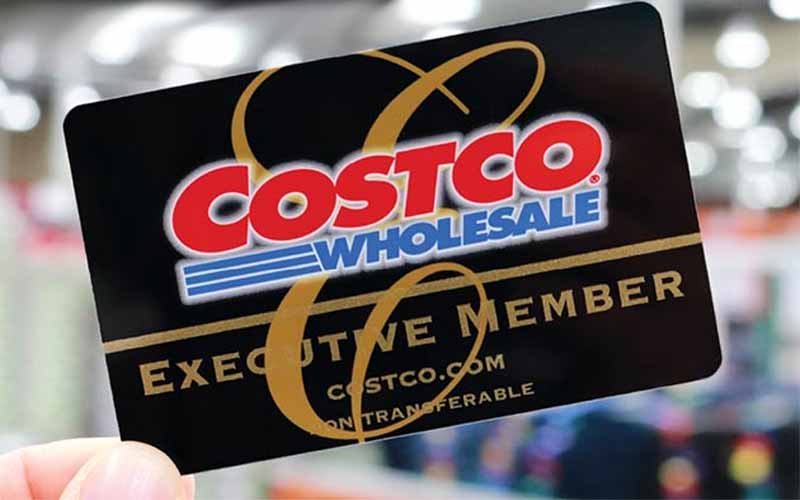Understanding the Membership Structure
Costco offers multiple membership levels, including Gold Star (Regular) and Executive Memberships. Both require an annual fee, with the Executive Membership costing significantly more. The justification for this higher fee lies in additional benefits, such as a 2% reward program on eligible purchases and other discounts. Typically, families who shop in bulk and utilize the rewards structure find the Executive Membership more beneficial.
However, this structural difference between memberships has brought to light the issue of inclusivity, especially for those at the Regular Membership level, who make up a substantial portion of Costco's customer base.
Dissecting the Early Access Privilege
Opening stores at 9 AM for Executive Members only has been a longstanding practice at many Costco locations. This privilege allows Executive Members to shop in a less crowded environment, potentially giving them access to freshly stocked items without the competition of a larger crowd.
From a business perspective, rewarding Executive Members with an exclusive shopping hour can be justified as an incentive for more customers to opt for this premium membership, thus boosting sales and enhancing customer loyalty. However, this practice is not without its critics.
The Argument Against Early Access
Many Regular Members feel sidelined by this approach, especially when considering that they too pay an annual fee, albeit at a slightly lower rate. The sense of exclusion is amplified by the fact that Regular Members have to wait outside, observing their Executive counterparts shopping comfortably during an exclusive time slot. This scenario raises issues of perceived discrimination and fairness.
Critics argue that all paying members should be treated equally, pointing out that Regular Members, often single individuals or couples, contribute to Costco's profits without a system of rewards. Despite bringing in possibly higher margins for the company, they are still left with access restrictions that Executive Members do not face. This differentiation, many argue, creates a hierarchy among customers that could damage the sense of equality that membership-based businesses are built on.
Proposing Alternatives
If the goal is to enhance the shopping experience for Executive Members without alienating Regular Members, alternative strategies could be considered.
Exclusive Entrance: Instead of exclusive shopping hours, providing a dedicated entrance for Executive Members could expedite their entry without restricting store hours for others. This solution would alleviate congestion for all members.
Senior Shopping Hours: Offering early morning hours specifically for seniors could align more closely with community service, addressing the needs of a vulnerable segment without creating an echelon among members.
Rotational Early Access: Implementing a rotational policy where both membership tiers get their chance at early access on different days could provide a fair balance. Allocating specific weekdays to each group could ensure preferential treatment is equitably distributed.
Conclusion
In balancing business incentives with customer satisfaction, it's crucial for Costco to reassess how its policies impact overall member experience. Promoting exclusivity for Executive Members through early access can indeed be seen as a strategic business decision, but it should not overshadow the importance of inclusivity and fairness for all members.
True loyalty is built on equality, and the perception of disparity can lead to dissatisfaction. As such, Costco might consider revisiting its approach, ensuring that while rewards and perks are given, they do not come at the cost of ostracizing a significant portion of its membership base. Creating a more inclusive shopping environment could strengthen its community and reinforce the retailer's position as a favorite among consumers.
Login or create account to leave comments


Comments (0)